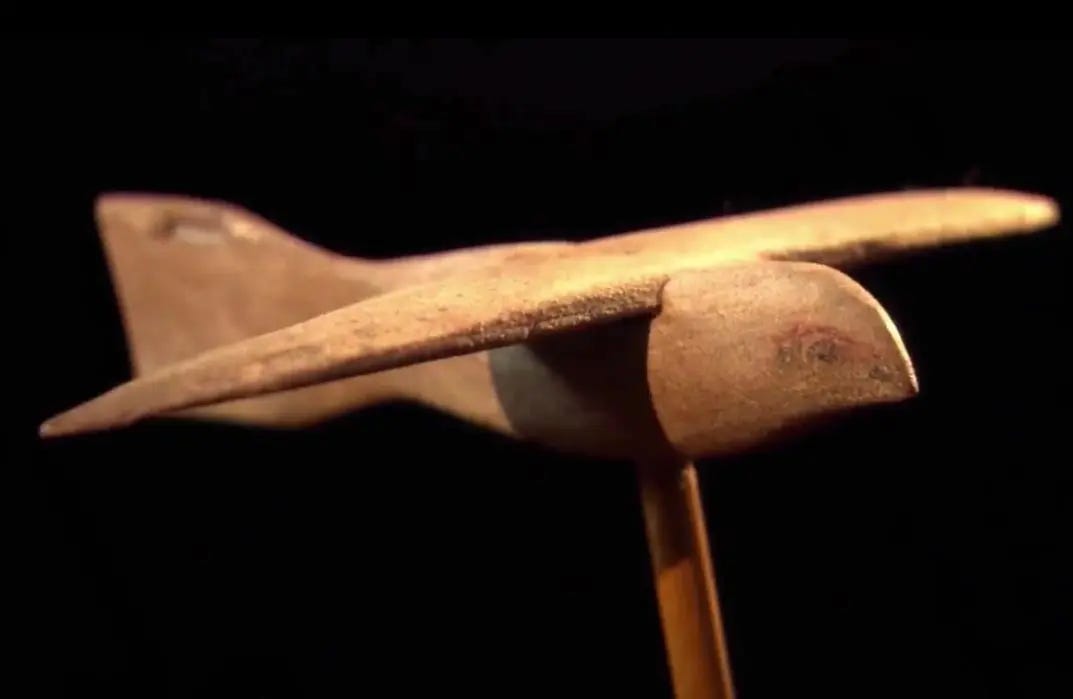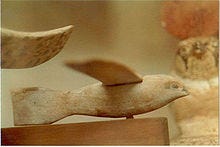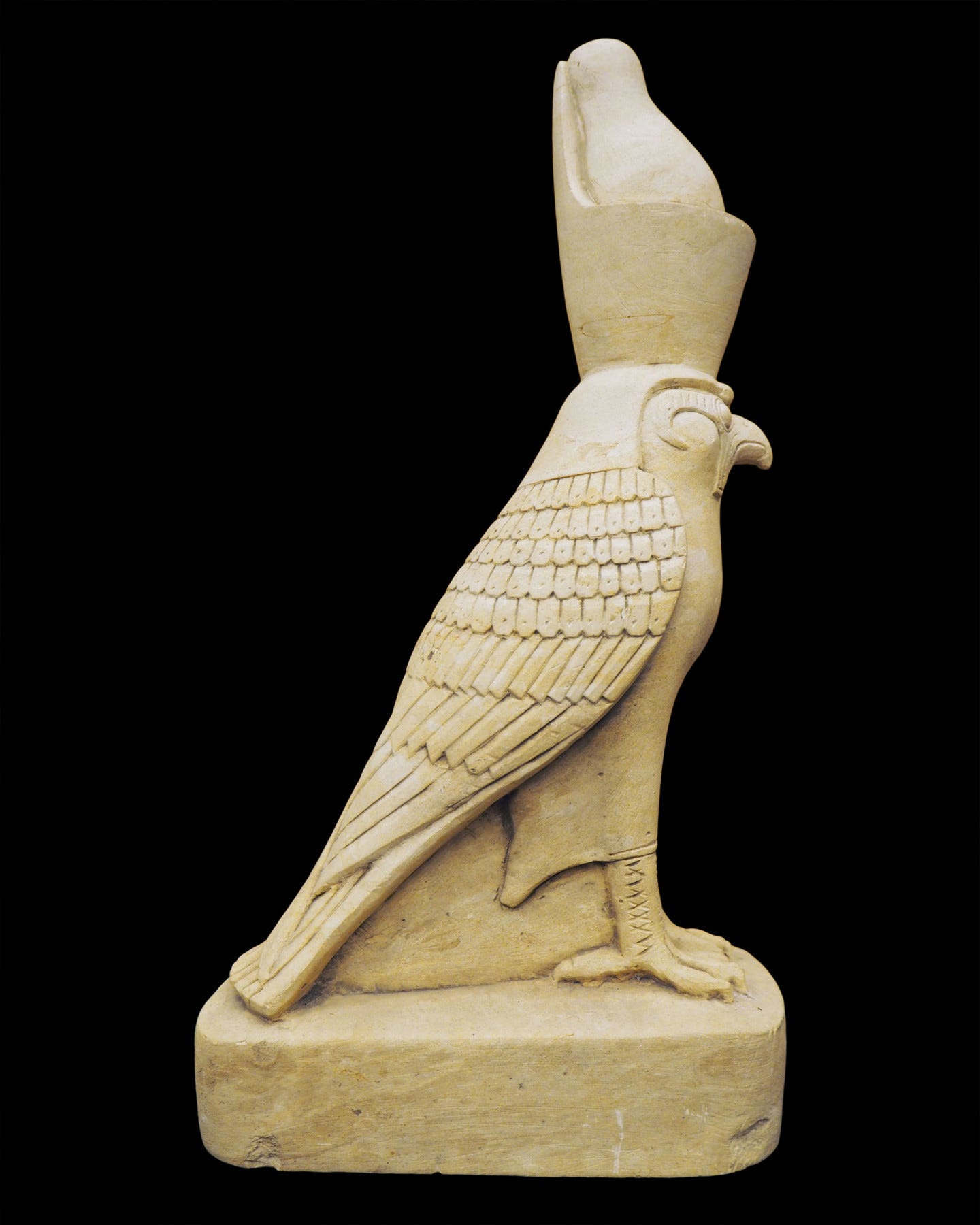THE SAQQARA BIRD: COMMON USE OBJECT OR SOMETHING MORE?
For the first article in the series about the “Out Of Place Artifacts” we will talk about the strange object whose use has divided researchers and scholars.
In 1891 the archeologist were excavating in zone called Pa-di-Imen, in Saqqara, Egypt when they discovered what would have been one of the most mysterious object in history: the Saqqara Bird.
But what is this?
It’s a bird made of sycamore wood with a 7 inch wingspan that has some strange characteristics that have baffled the researchers who come up with many theories.
The bird is dated in 200 BC a period that called “Hellenist Era” that had begun in 323 BC with the death of Alexander The Great, a period of profound changes.
At first impact it doesn’t resemble a bird too much; the way the wings are carved seems to demonstrates an advanced aerodynamic knowledge for they are thicker in the middle of the bump, became thinner to the end and ens with a slight bend.
The tail is not “horizontal”, like in any bird, but “vertical” like the ones of modern airplanes.
Some people think that the ancient Egyptians may have had the technology and the understanding of aerodynamics and that this object may have been a scale model used for studying, of a aircraft, a sort of machine capable to fly.
Does this object fly?
The first one to say that this wooden object could have been something more than just a falcon representing the deity of Horus or RA, was Dr. Khalil Masiha, professor of Artistic Anatomy and member of the Egyptian Aeronautical Club.
Dr. Masiha in 1983 wrote “African Experiment Aeronautics: A 2.000- Year-Old Model Glider” in which he states that the Saqqara Bird has no feet and no carvings for the feathers while in the usual representations not only there where feathers but the tail was horizontal.
Researchers then started to try to understand if this “prototype” could fly: the model is unstable and couldn’t have worked as a glinder.
Dr. Masiha himself recognized that this model couldn’t fly, but with a tail that had to work as a horizontal stabilizer. This tail, according to Dr. Masiha existed but went lost.
To prove if this theory was right, Martin Gregoire, a known glider builder, he rebuild a model with a tail as a horizontal stabilizer, but it didn’t work and Mr. Gregoire said that the bird couldn’t fly without the added tail and that with it it could fly but in a very unstable way and for a very short range.
Years later History Channel asked to Simon Sanderson, an aerodynamics expert, to build a replica of the Saqqara Bird and he did it. Mr. Sanderson performed more than one test with a replica that didn’t have the tail as a horizontal stabilizer, and found that it produce “four times the glider’s own weight in lift”.
So, the replica could, more or less, fly.
This results led many to think that the bird was not a prototipe, but an imperfect and heavier replica used to study aerodynamics and how it could fly, in fact sycamore wood (sacred to the goddess Hathor and a symbol of immortality) is very heavy, but maybe, the real “bird” was made of a lighter kind of wood.
So...what else could it be?
- a bird that was positioned on sacred boat’s masthead used during Opet’s fest, an annual festival celebrated in ancient Thebes, Luxor, during the flooding of Nile
- a cerimonial object representing a falcon
- a toy for children
-a weather vane
-pareidolia: the tendency to see object as recognizable shapes or patterns.
So, in the end, what are the ideas supporting this theory?
- Dr. Khalil Studies
- Sanderson experiments
- the bird was found together with three papyrus script where there was (maybe just in one of them) the writing “I want to fly”
- It appears to be hieroglyphs in the wooden object saying “The gift of Amon”. Amon in the begin was the god of air and wind
- there other examples like the “Quimbaya jets” in Colombia, the strange hieroglyphs in the temple of Seti I in Abydos, the “Flying Pigeon of Archits of Tarentum”.
And what are the ideas negating the theory?
- the models that flew were made of balsa wood and not sycamore
- Martin Gregoire test
- evidences are not strong enough
- ther aren’t other evidences
We know nothing for sure, but could it be so impossible to believe that the ancient Egyptian did studied aerodynamics? I guess it is not because just as men years and centuries later wondered how to fly, so they could have done the same.
Knowing the intelligence, the enginnering and the curiosity that characterized the ancient Egyptians, it is plausible that they could have wondered about how to reach the skies.










